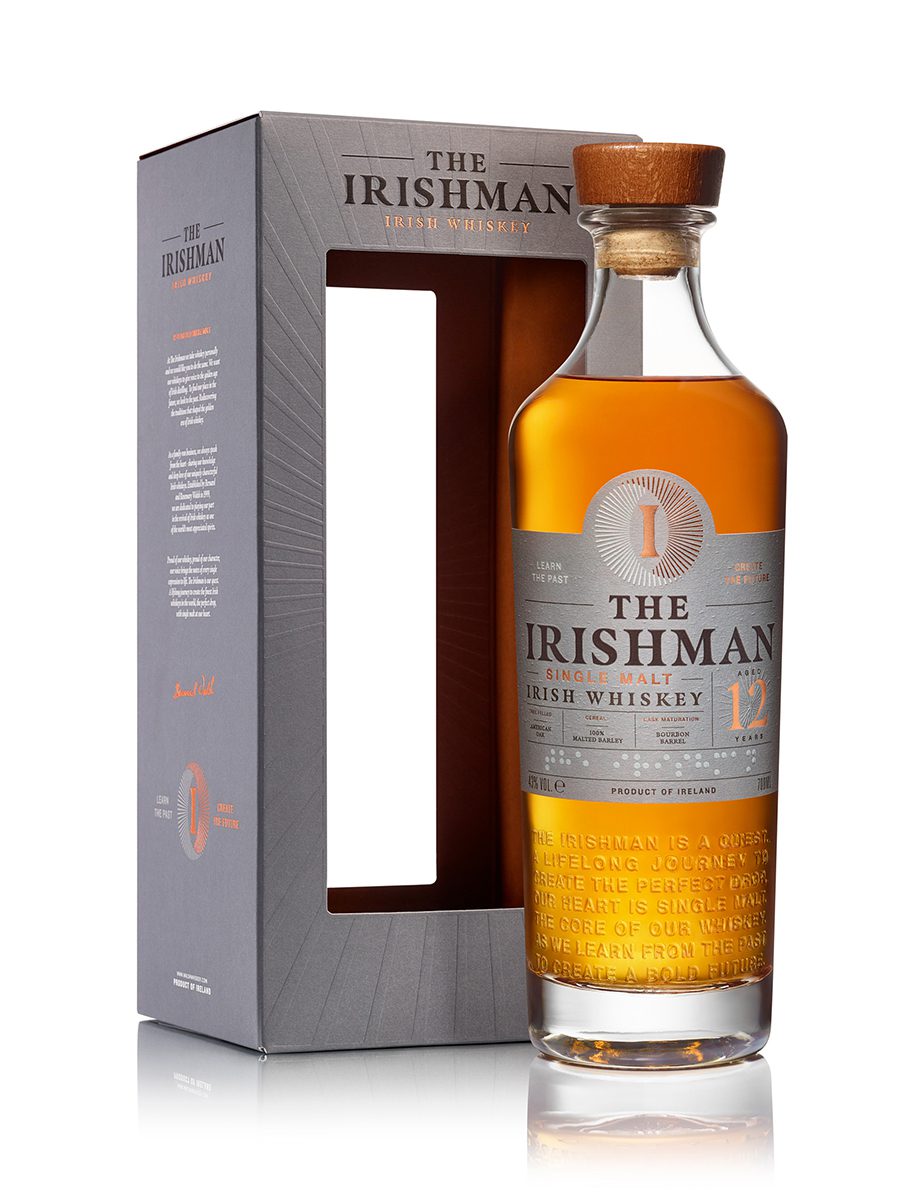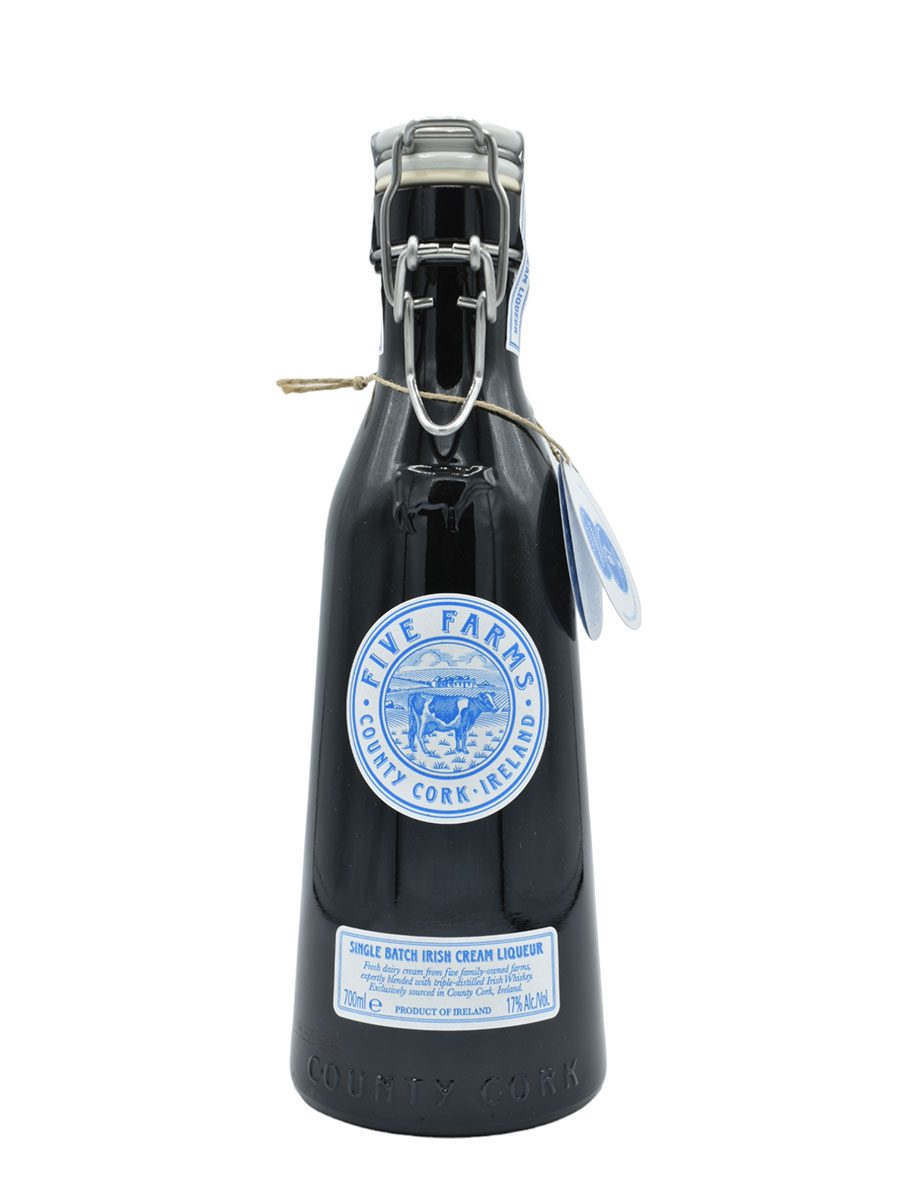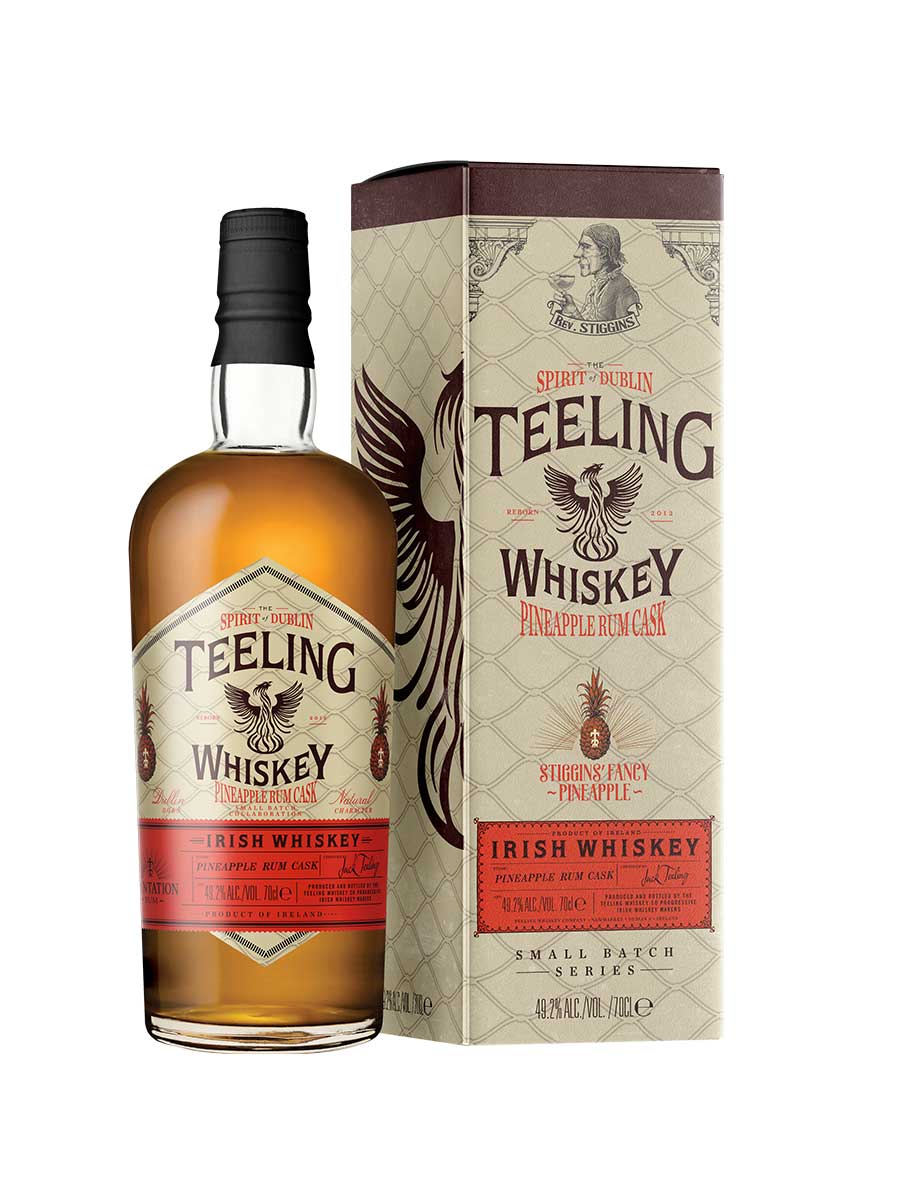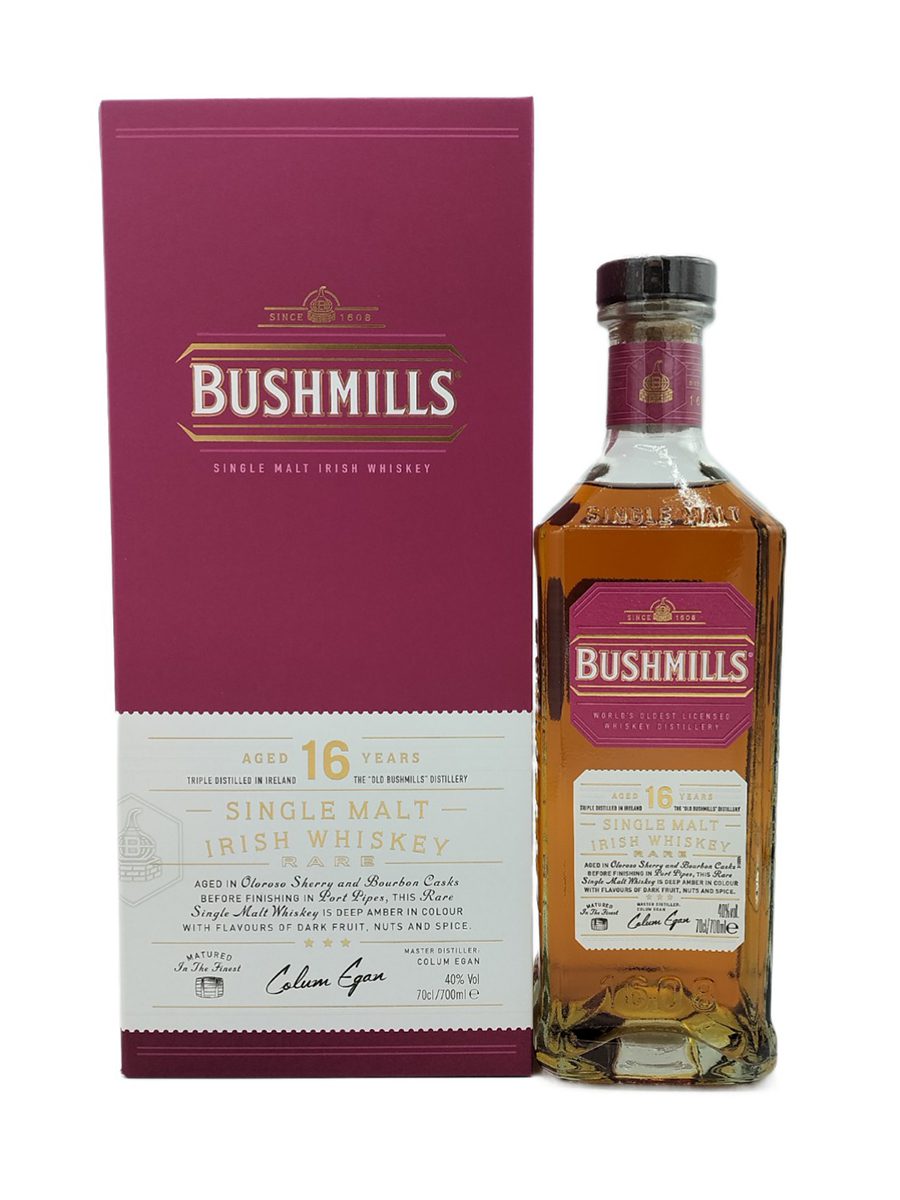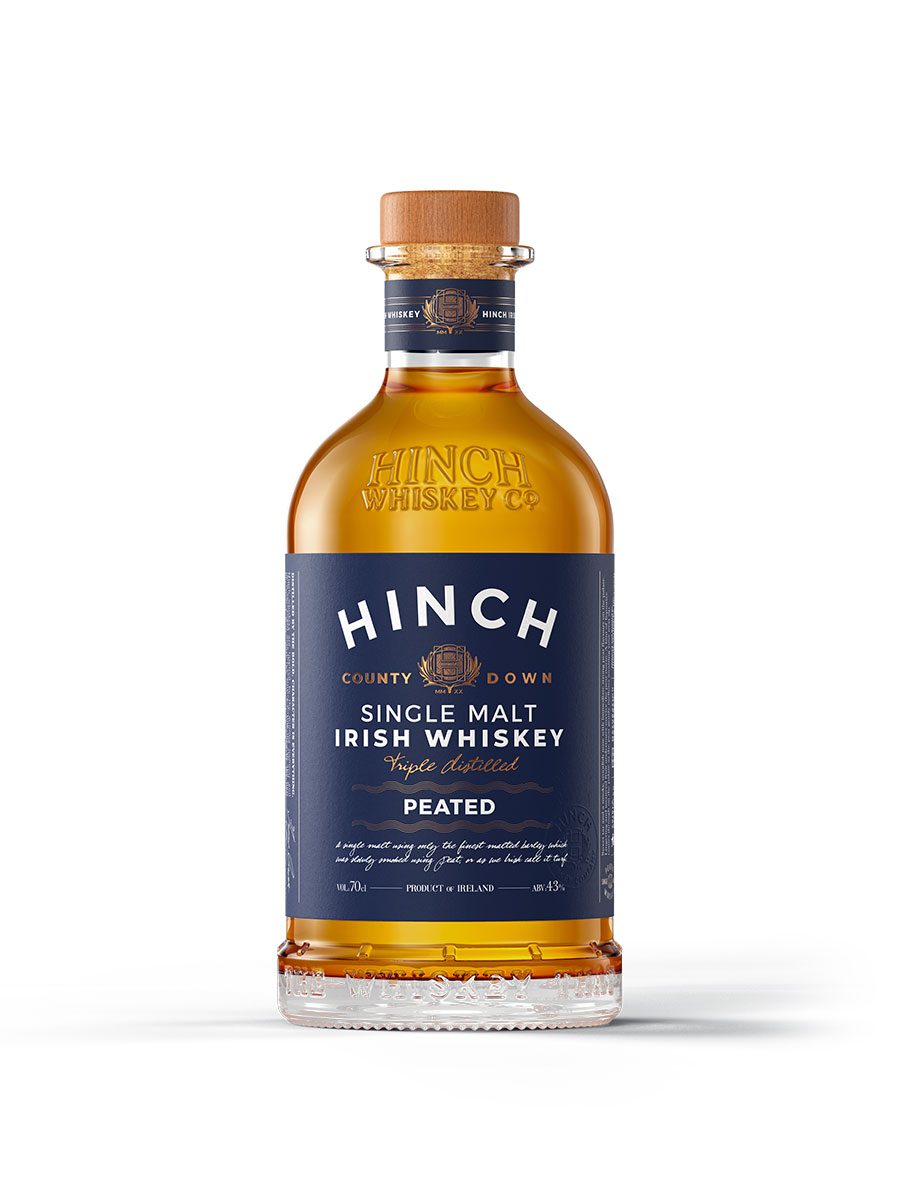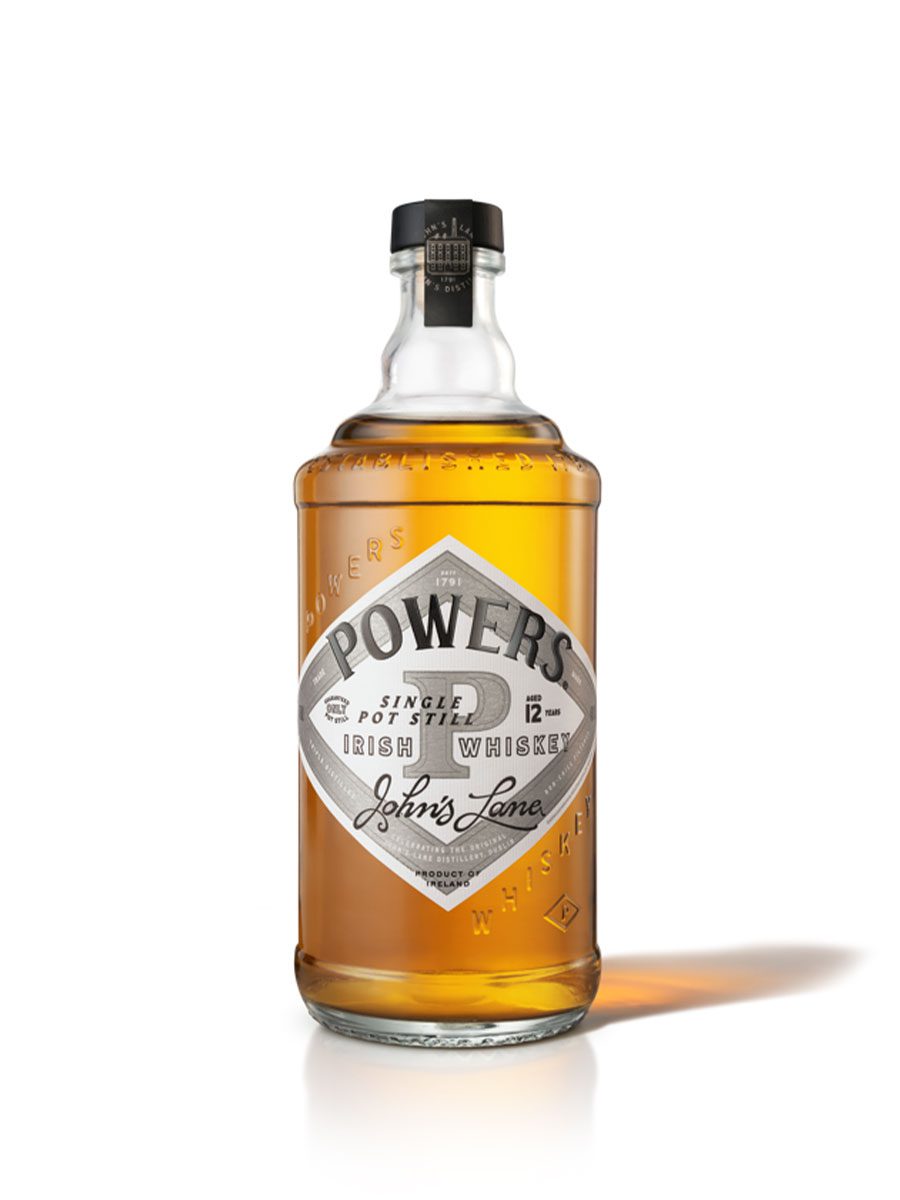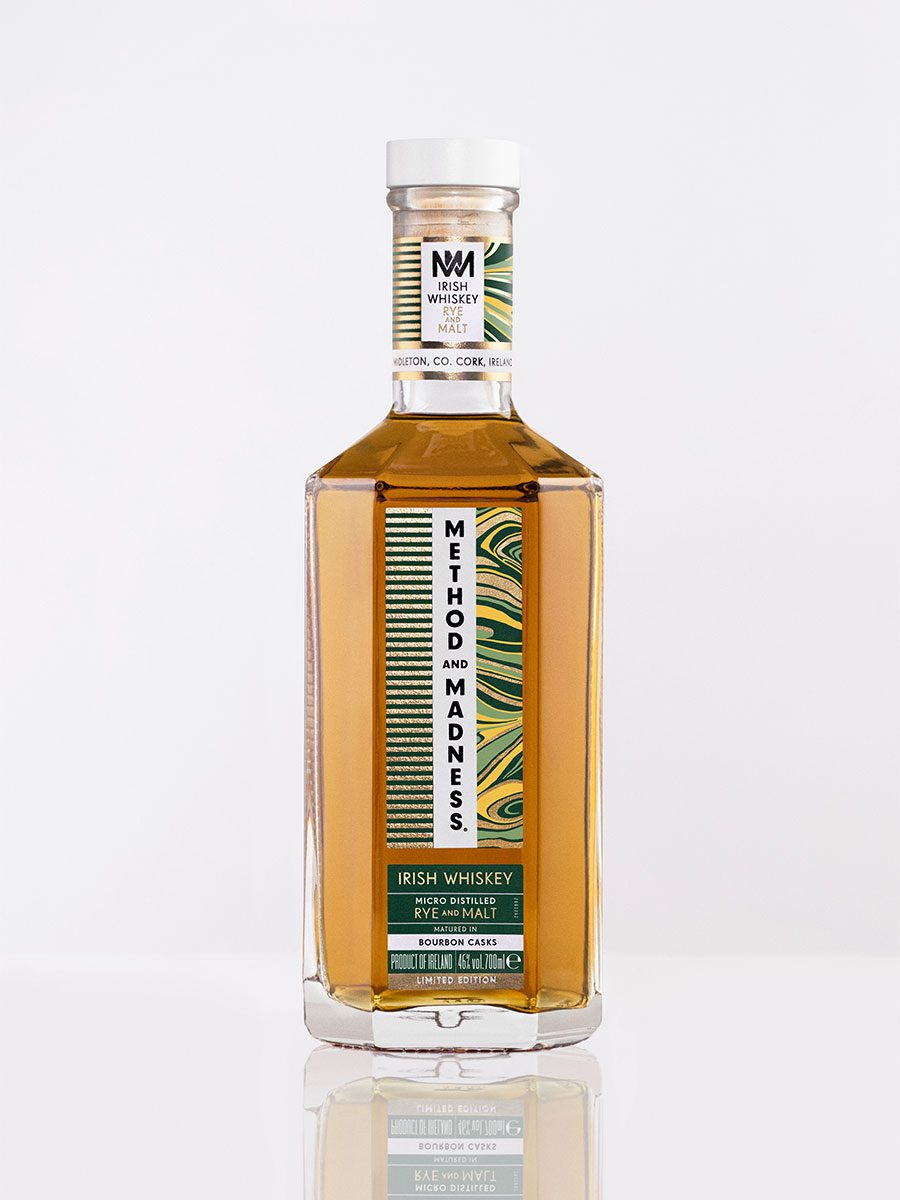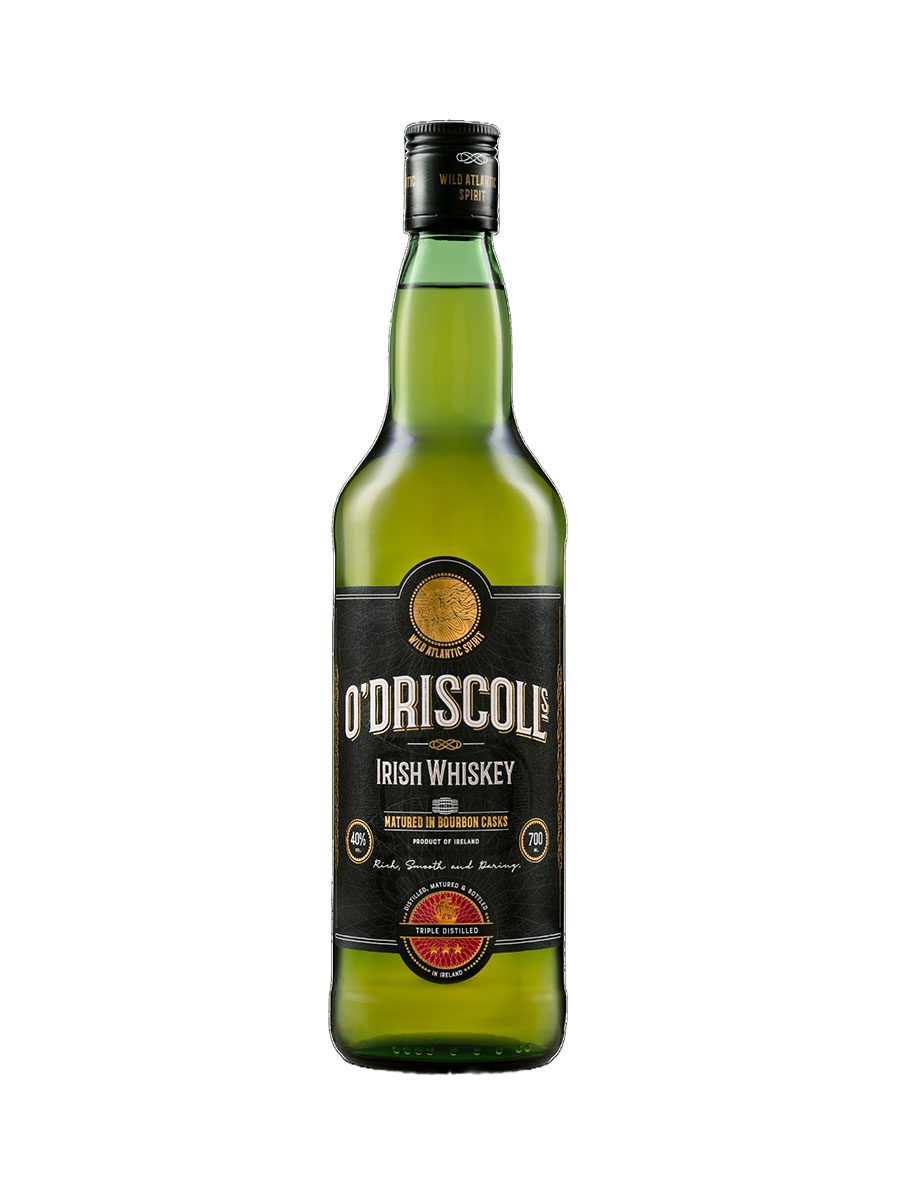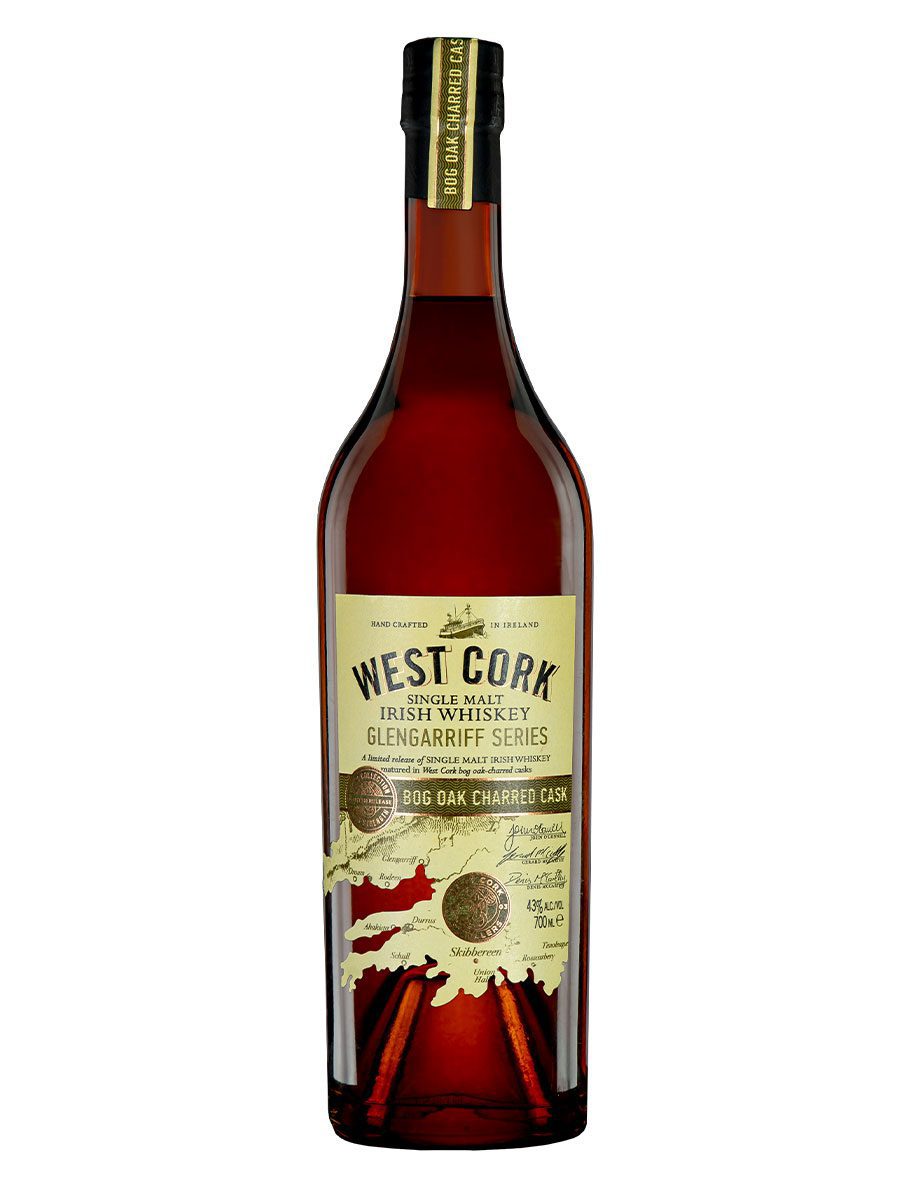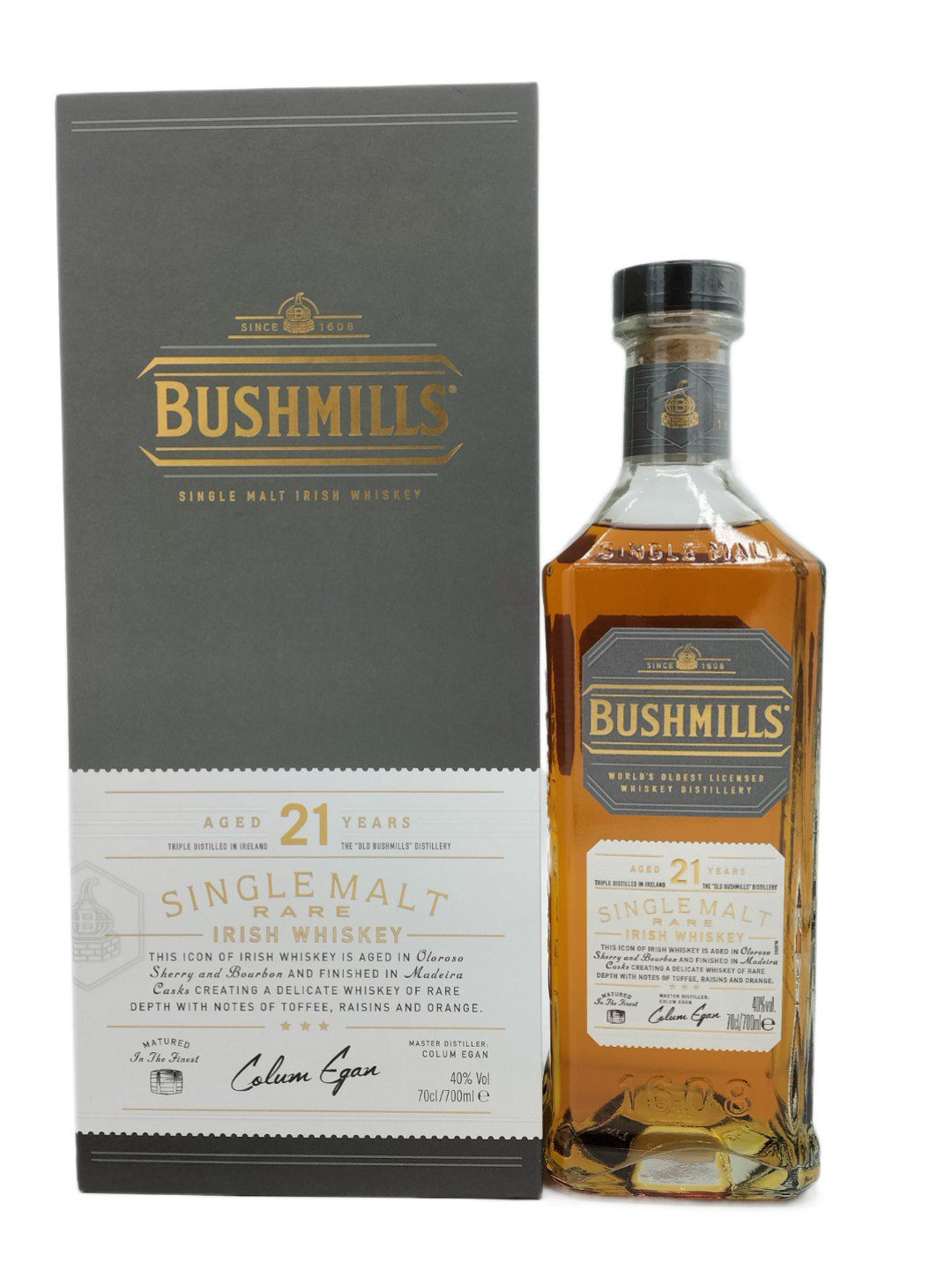Irish Whiskey
Introduction
Irish whiskey is the fastest growing whiskey sector in the world. After a long period of stagnation it’s popularity began to grow again following Pernod Ricard’s Irish Distillers led revival of Jameson. The huge popularity of this one whiskey brand has led people all over the world to reintroduce themselves to the Irish whiskey category. This in turn has led to a complete revival of craft distilling with more than 30 distilleries now actively producing whiskey alongside many independent bottlers.
Is Irish Whiskey spelled with an E or no E?
Irish whiskey is generally spelled with an E, as in whiskey. There is no legal definition determining this, it is more a way of differentiating the category from Scotch which spells it without the E, as in whisky. While the majority of Irish distilleries use the E in their labelling, there is a small but important group of distillers who are choosing to drop the E. These include Waterford Distillery and Blackwater Distillery.
Is there an Irish whiskey museum?
Yes, there is an Irish Whiskey Museum in Dublin’s city centre, right beside the main entrance to Trinity college. It is a great destination for whiskey fans because it covers the entire history of the category as well as covering all the brands, rather than the one brand you might encounter when visiting a single distillery. So, if you want to learn about more than the one distillery then the Irish Whiskey Museum is the place to do it. They offer a range of excellent tours which include a whiskey tasting in the museum bar at the end.
History of Irish Whiskey
Irish whiskey is the oldest recorded whiskey style in the world. The word whiskey comes from the Irish language phrase meaning Water of Life, Uisce Beatha. Records reveal that the earliest written reference to whiskey was in 1405, in the Annals of Clonmacnoise which is an ancient document found in the Monastery of Clonmacnoise in Co Offaly. Whiskey was undoubtedly produced long before that written record was made, but this is the earliest official reference to it. In Scotland the earliest written reference is said to be 1494, almost 90 years later.
In the 19th century, Irish whiskey was the most popular whiskey category in the world, with particular dominance in the United States. Its use of pot stills, triple distilling and high standards of production ensured a smooth and complex flavour that was hugely popular. A series of economic, political and religious shifts, including prohibition in the US and Irish independence at home seriously hampered the ability of Irish distilleries to remain in production. By the mid 20th century there were just a handful of distilleries left.
By the late 1960s Irish whiskey was on the verge of collapse. To counter this, a small group of remaining distilleries forged an economic alliance to protect themselves. This eventually became Irish Distillers and production from the member distilleries – John Jameson and Sons, John Powers and Sons, and the Cork Distilleries Company moved their entire production to the Old Midleton Distillery in Cork where a brand new distillery was built alongside the original buildings. This location had the capacity and space to grow and protect the category and a slow rebirth began. Bushmills in Co Antrim joined Irish Distillers in 1972, eventually being sold to Diageo in 2005. Pernod Ricard bought Irish Distillers in 1988 and remains its owner today.
The past two decades have seen massive growth and investment in the Irish whiskey sector. There are now more than 35 individual whiskey distilleries situated in every part of Ireland. Some of these are tiny craft distilleries, such as Killowen and Lough Measc distilleries while others such as Teeling and West Cork Distillers are major producers.
Types of whiskey made in Ireland
Irish whiskey is a protected category, defined in legislation at the national and European level. To be considered Irish whiskey it must have been distilled in Ireland, North or South. It must have been matured in oak for at least three years. While triple distillation is a keynote characteristic of Irish whiskey, this is not a legal requirement. It can be distilled tow or three times, depending on the choice of the distiller.
What are four official Irish whiskey styles?
Single Malt Irish whiskey
Single Malt is a whiskey distilled in a single Irish distillery and contains 100% malted barley, as well as water and yeast. It can be peated or unpeated and has a smooth sweet and malty flavour. It is distilled in a copper pot still.
Single Pot Still Irish Whiskey
This style of whiskey is native to Ireland. It was invented in the early 1700s as a method of avoiding a tax that was levied on malt. Pot Still Whiskey is a mix of malted and unmalted barley. The addition of the unmalted part creates a spicy flavour and creamy texture that is not always found in single malt. It is distilled in copper pot stills.
Single Grain Irish Whiskey
Single Grain is a whiskey that can contain a maximum of 30% malted barley. The remainder can be grains such as maize, wheat or unmalted barley. It is distilled in a column still.
Blended Irish whiskey
A blended whiskey is a combination of any two or more of the other three categories: single malt, single grain or single pot still. This blend creates a new flavour profile determined by the dominance of the ingredient whiskeys.
Irish Whiskey Flavours
Is Irish Whiskey Flavoured? No, the flavour of Irish whiskey comes from the cask and the ingredients used to make it – grain, yeast and water. The colour of Irish whiskey comes from the cask also but, in order to allow for consistency in production, the coloring E150 is permitted. This is a colour only and has no flavour It is the only additive that is permitted.
Irish Whiskey Flavour Map
Irish whiskey tends towards sweet and smooth fruit flavours. It is generally not peated, although more distilleries are experimenting with this. It is considered a smooth and honeyed whiskey that can be incredibly complex and layered on the palate. Most Irish whiskey is matured in ex-bourbon barrels and a range of cask finishes are commonly used. These include sherry, wine, rum and even tequila barrels. These finishes, which can last from three months to two years, impart a new flavour profile on the whiskey depending on what was matured in the barrel before it was used for whiskey.
Popular Whiskey Brands
The most popular whiskey brands include Redbreast, Powers, Teeling, Drumshanbo, Jameson & Bushmills.
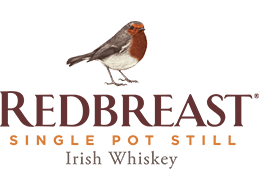
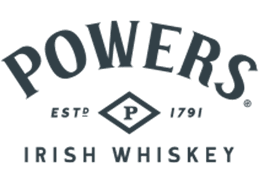
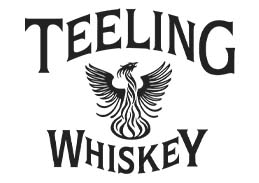
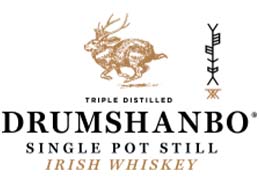

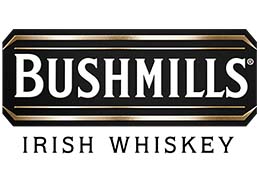
What is the best Irish Whiskey?
While it is very difficult to say which whiskey is the best on a personal level the sales figures indicate which are the most popular. The top five best-selling Irish whiskeys in recent years are Jameson, Tullamore Dew, Bushmills, Proper 12 and Paddy.
The overall winner of the 2021 Irish Whiskey Awards was Celtic Cask 1999 – Triocha a Cuig – 35. This is an independent single cask release from the Celtic Whiskey Shop and it was judged by members of various Irish whiskey societies and industry professionals.
Teeling Distillery has taken two Best in the World categories at the World Whiskey Awards. They won World’s Best Single Malt in 2019 for their 24-year-old Single Malt and World’s Best Single Pot Still for their Chinquapin finished single pot still, released in 2022.




